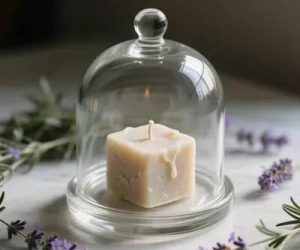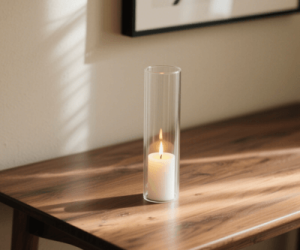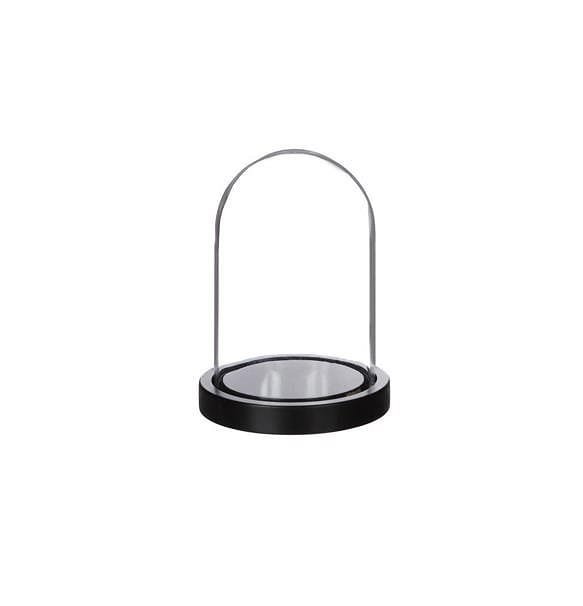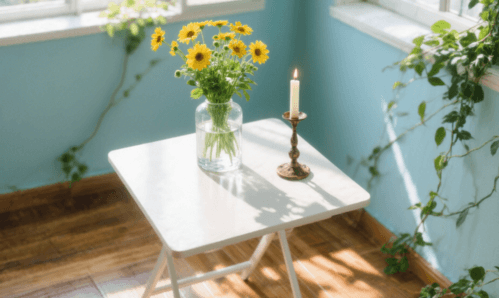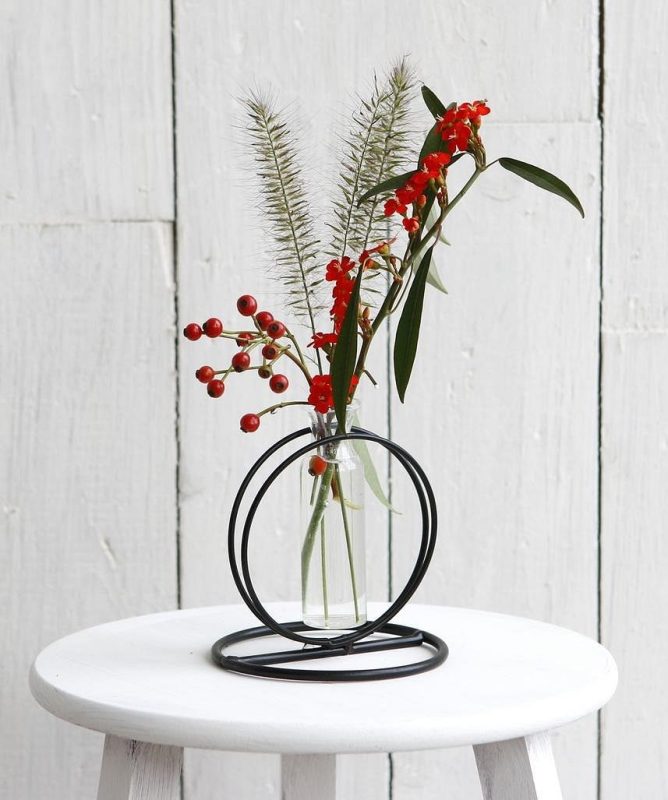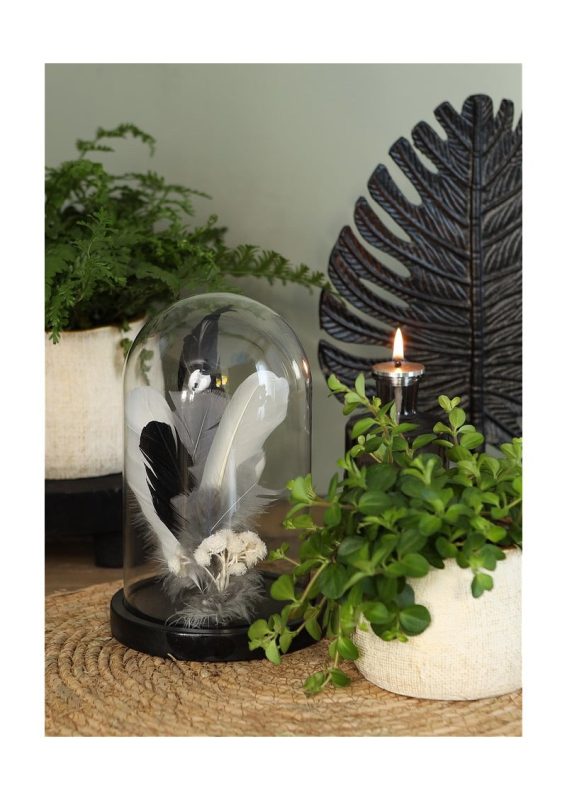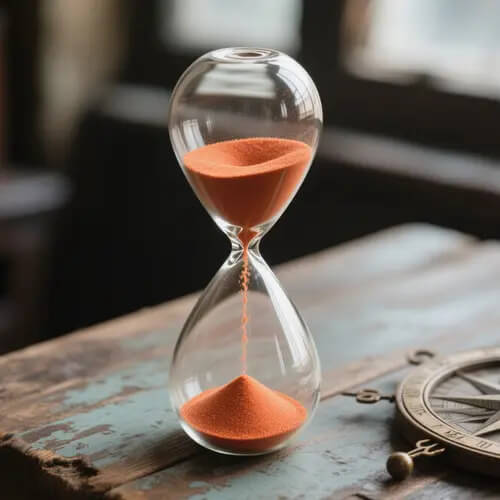Glass Vases: A Timeless Touch of Elegance
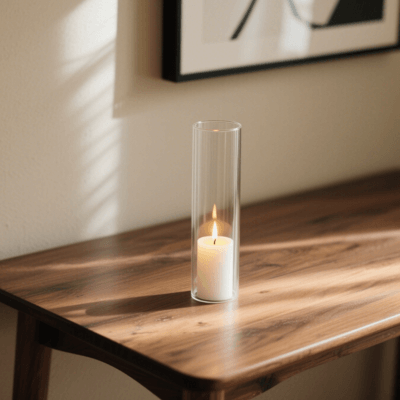
The History and Evolution of Glass Vases
Glass vases have a storied history that dates back to ancient civilizations, where they first emerged as functional and decorative items. The earliest known glass vases originated in Mesopotamia around 1500 BC. These initial pieces were crafted using primitive techniques, often featuring simple designs and utilitarian forms. The artistry of glassmaking was limited, with the use of glass primarily reserved for the privileged. As glassmaking techniques spread, particularly to ancient Egypt, the craftsmanship evolved, introducing new shapes and more intricate decorations.
By the time of the Roman Empire, glass vases became more prevalent, showcasing enhanced artistry and innovation. The Romans mastered the art of glassblowing, a technique that significantly transformed the creation of glass objects. This technique allowed artisans to produce more complex shapes and larger vessels, leading to a wide variety of vases that varied in color and design. These glass vases served not only practical purposes, such as housing fresh flowers, but also displayed wealth and sophistication. The luxuriousness of glass vases grew as they were adorned with engravings and other decorative elements, reflecting the tastes of the elite.
The Middle Ages saw a decline in glass production due to social and economic upheaval, but the Renaissance sparked a revival. The Venetian glassmakers on the island of Murano played a pivotal role in this resurgence, developing techniques and styles that would define glassmaking for centuries. Notable innovations from this era included the use of colored glass and intricate, hand-blown designs. As cultures around the world continued to embrace glass vessels, the patterns and forms evolved, with influences from Asian and Middle Eastern artistry further enhancing designs.
In modern times, glass vases have taken on new forms, with contemporary designs pushing the boundaries of creativity. They serve as staples in households, offering both aesthetic appeal and functionality. Through the ages, glass vases have not only evolved in craftsmanship but have also remained symbols of elegance and refined taste, conveying the rich history interwoven with human creativity and cultural significance.
Diverse Styles and Designs of Glass Vases
Glass vases come in a myriad of styles and designs, catering to diverse aesthetic preferences and interior decor themes. From the sleek elegance of contemporary minimalist designs to the intricate beauty of vintage pieces, the options are plentiful. Contemporary glass vases often emphasize clean lines and geometric shapes, making them ideal for modern spaces. The use of clear glass in these designs showcases simplicity while allowing the floral arrangements to take center stage.
In contrast, vintage glass vases often feature elaborate designs, such as intricate engravings and ornate patterns. These pieces can vary significantly in shape, with traditional styles like urns, goblets, or elongated necks that evoke a sense of nostalgia. The allure of vintage glass lies not just in its appearance but also in the craftsmanship, often reflecting the skill of artisans from bygone eras.
Color is another important aspect that defines glass vase aesthetics. Clear glass remains popular due to its versatility; however, colored glass vases, in hues ranging from deep emerald greens to soft pastel tones, can add a striking focal point within any room. Additionally, frosted glass finishes present a subtle elegance, softening the light that passes through while introducing a tactile element. The combination of different finishes and colors allows individuals to express their unique taste.
Renowned designers and artists have also profoundly impacted the current glass vase landscape. The work of contemporary glass artists, such as Dale Chihuly and Tord Boontje, has pushed the boundaries of traditional designs, incorporating organic shapes and striking color palettes. Their innovative approaches inspire both collectors and casual buyers alike, leading to an expanded appreciation for the art of glass vase design.
Incorporating Glass Vases into Home Décor
Glass vases serve as versatile and elegant decorative objects that can significantly elevate the aesthetic of any home. One fundamental aspect to consider when incorporating these vases into your home décor is their placement. Various rooms in the house present unique opportunities for showcasing glass vases. For a living room, a tall, slender vase can make a striking statement when placed on a mantelpiece or atop a side table. Alternatively, smaller vases can be grouped on a coffee table, creating a casual yet stylish arrangement that invites a closer look.
In the dining area, consider using glass vases as table centerpieces. A combination of small and medium-sized vases filled with seasonal flowers can add a fresh and vibrant look, transforming an ordinary meal into an extraordinary experience. On the other hand, the bedroom could benefit from a delicate glass vase on a nightstand, providing a touch of tranquility and beauty. The choice of floral arrangements or decorative fillers is essential; opt for blooms that complement the room’s color palette or select accent pieces like pebbles or sand for a minimalist look.
Scale and color coordination are pivotal, ensuring that the vases do not overwhelm the existing décor but instead enhance it. Consider the proportion of the vase relative to surrounding furniture and accessories. For instance, a large floor vase can create an impactful focal point in spacious areas, while smaller vases might suit more intimate settings. Seasonal adjustments can also refresh your décor; switch out holiday-themed arrangements for spring flowers or autumn foliage as the months change. By thoughtfully incorporating glass vases into home décor, you can effortlessly achieve an elegant and cohesive look throughout your living spaces.
Caring for and Maintaining Glass Vases
Glass vases are cherished for their beauty and ability to elevate any floral arrangement. To preserve their timeless elegance, proper care and maintenance are essential. The first step in maintaining glass vases is to use appropriate cleaning methods. Avoid abrasive sponges or cleaners, as these can lead to scratches that diminish their allure. Instead, opt for a soft cloth or sponge and a mild soap solution. Rinse thoroughly with warm water to ensure no soap residue is left, which could cloud the glass over time. For those hard-to-reach areas, consider using a bottle brush designed for delicate surfaces.
Preventing chips and scratches is equally crucial in prolonging the life of glass vases. Always handle them with care, ensuring a secure grip when moving them. When placing a vase on a surface, consider using coasters or felt pads to prevent sliding and minimize impact with hard surfaces. If you choose to display your vases on shelves, make sure they are situated away from edges to minimize the risk of accidental falls.
Storing glass vases correctly when not in use is another vital aspect of their upkeep. Ideally, vases should be stored in a cool, dry place, wrapped in soft materials such as cloth or bubble wrap to provide cushioning. Stack smaller vases inside larger ones to save space while ensuring they are not in contact to avoid scratches. Moreover, common issues such as cloudy glass or hard water stains can be addressed effectively with household solutions. A mixture of vinegar and water can often eliminate cloudiness, restoring the vase’s clarity. Regular maintenance, including addressing minor stains promptly, will keep my vases looking their best.
In conclusion, through mindful cleaning practices, careful handling, and proper storage techniques, glass vases can continue to serve as timeless decor pieces, enhancing the elegance of any environment for years to come.

